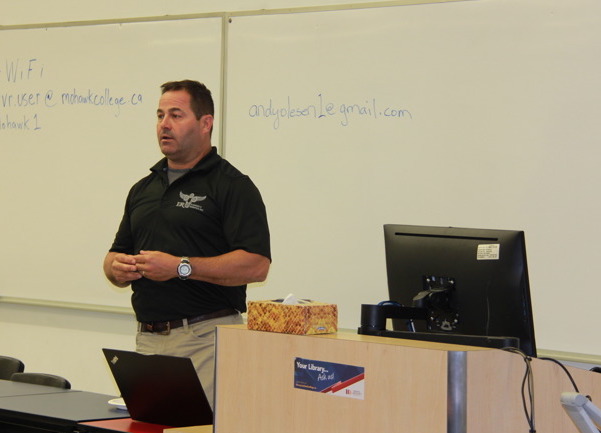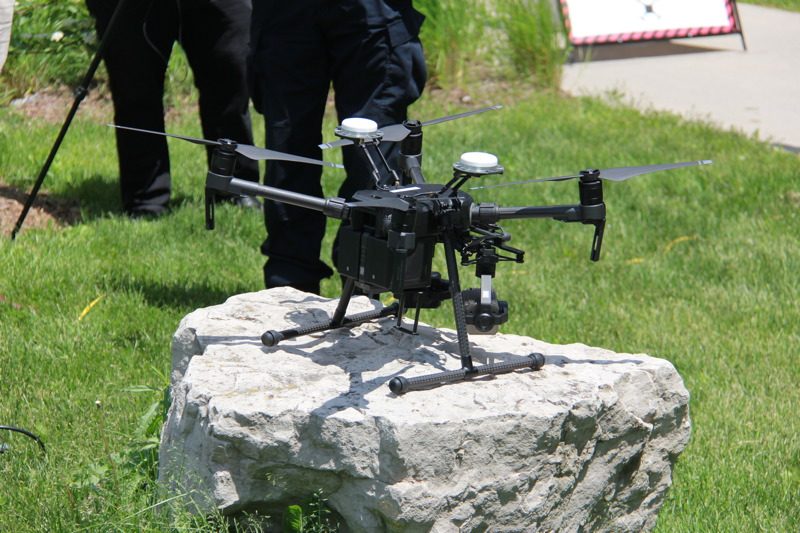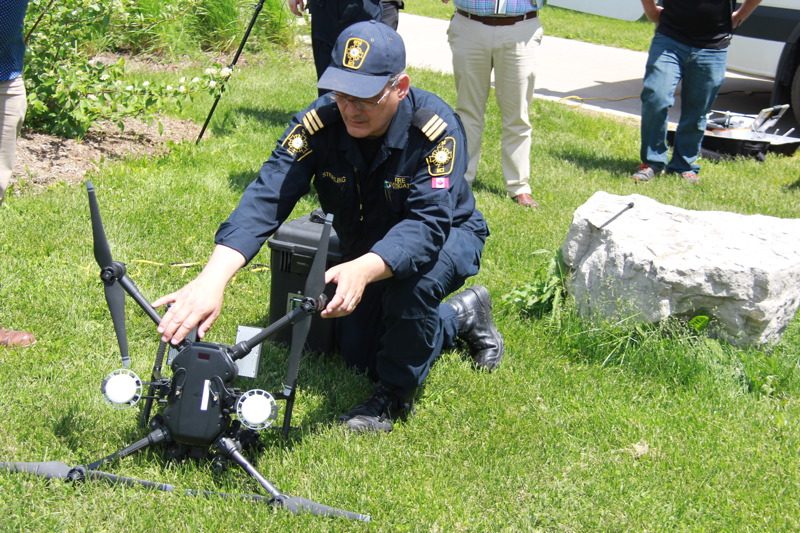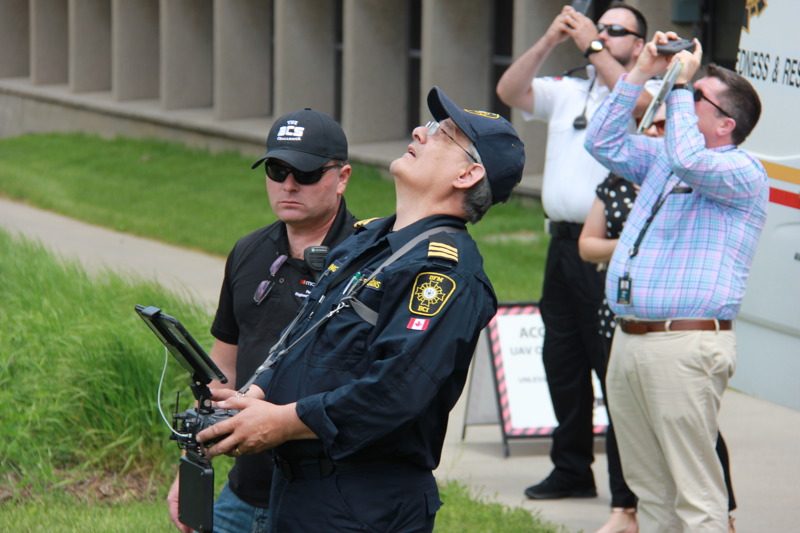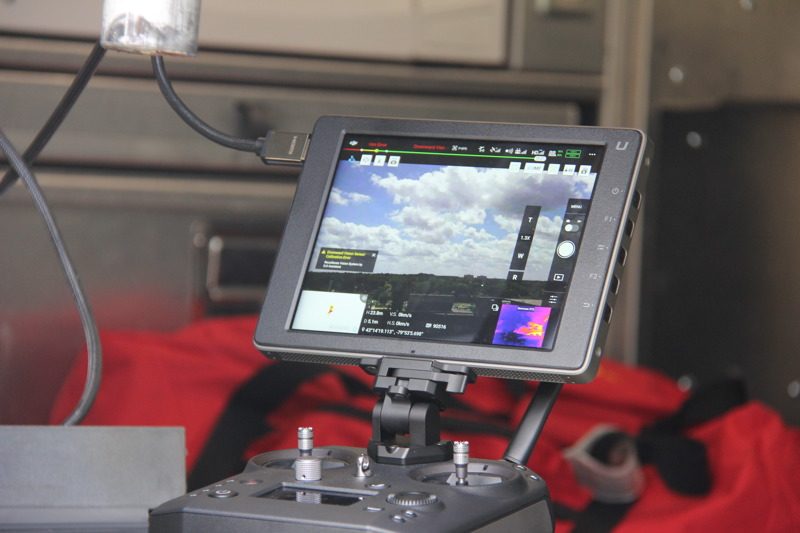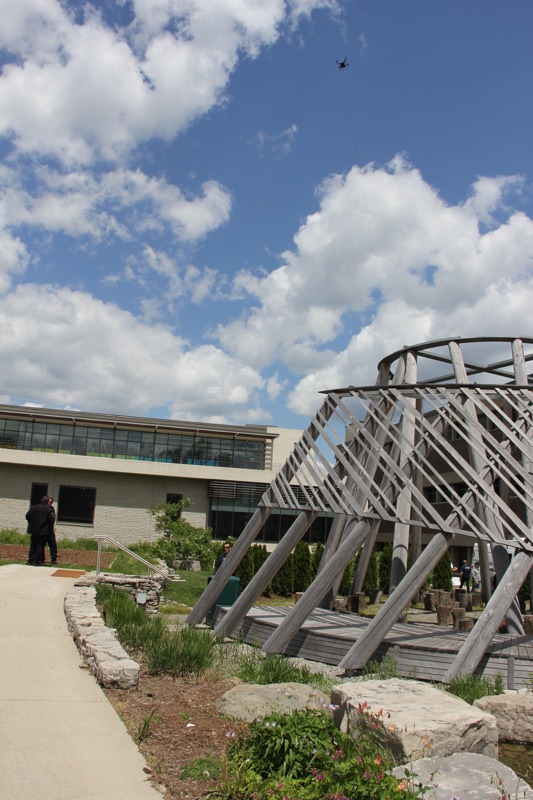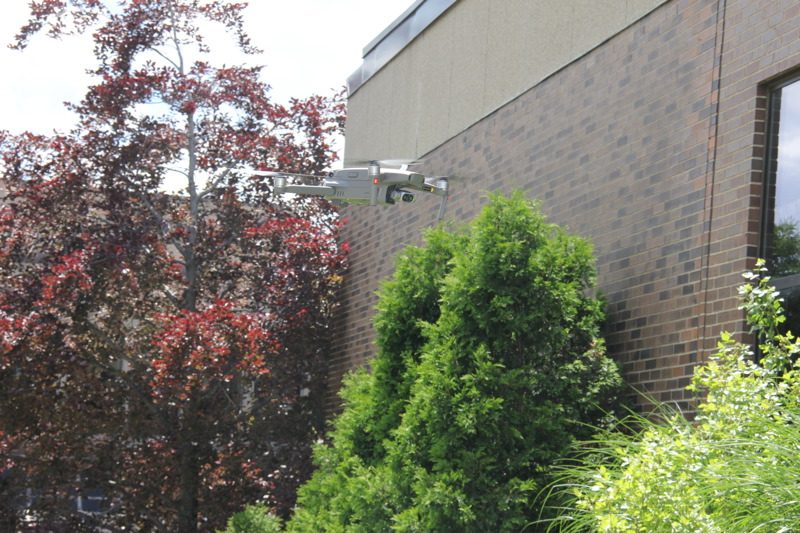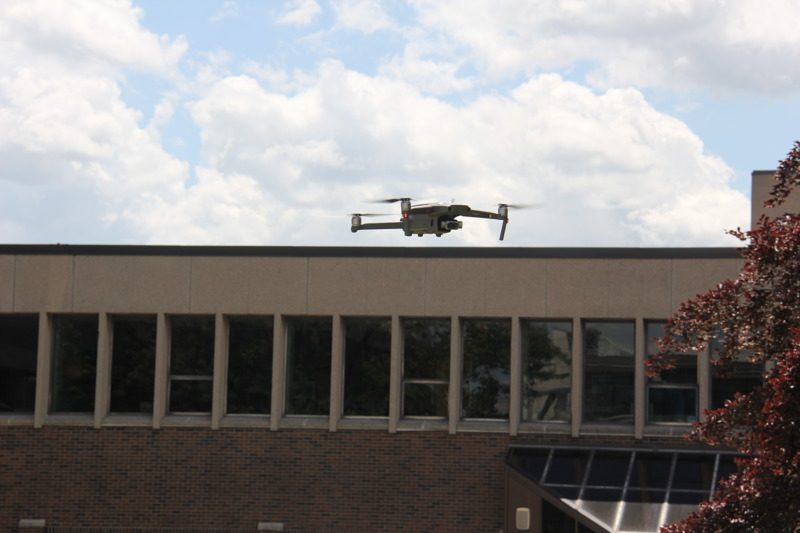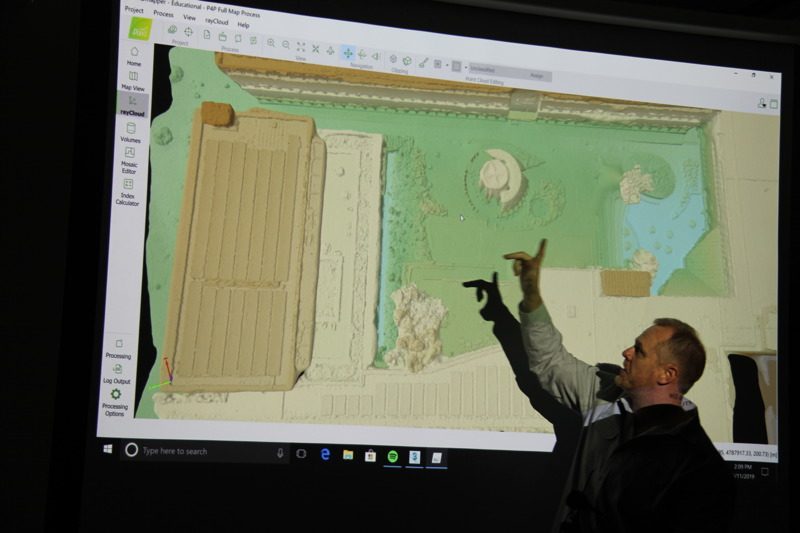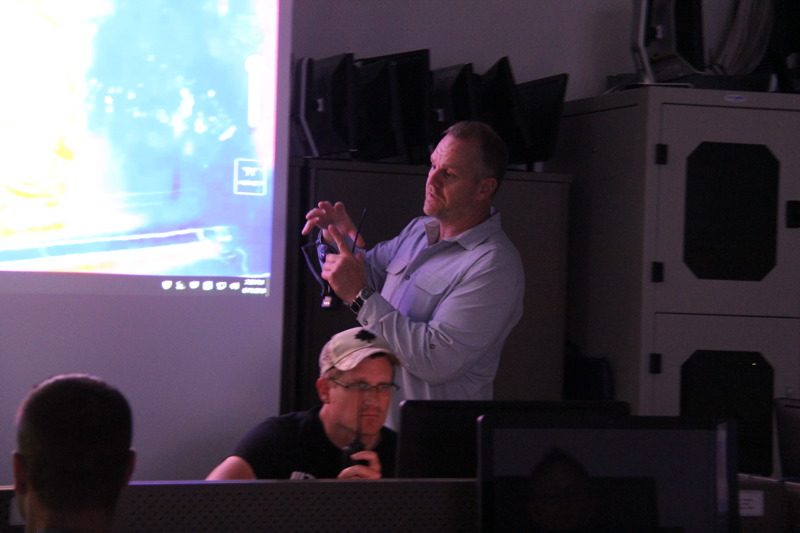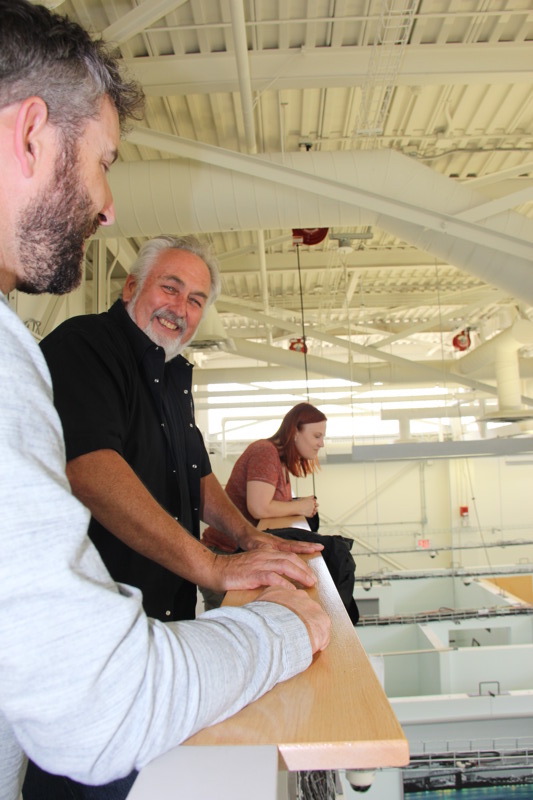
News
Photo Gallery
Fire, police test out systems for first Emergency Services Drone Symposium
June 13, 2019 By Renée Francoeur
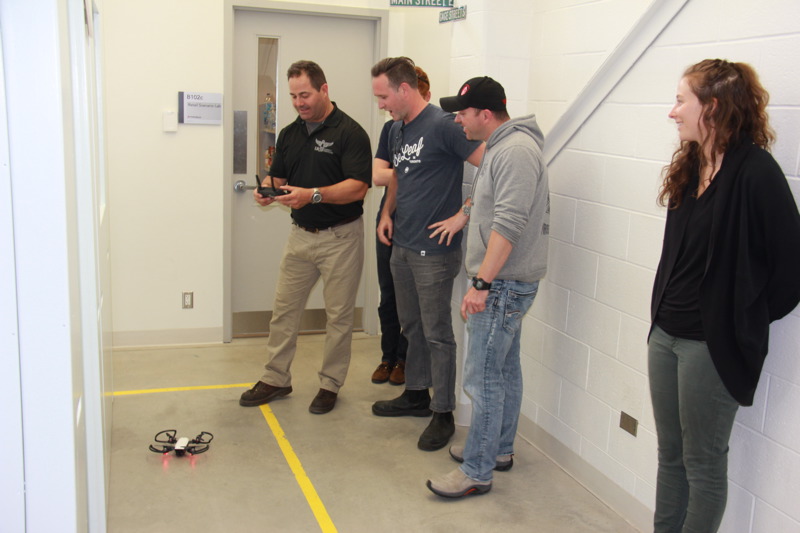 The first Emergency Services Drone Symposium was on June 11-12.
Photo: R. Francoeur
The first Emergency Services Drone Symposium was on June 11-12.
Photo: R. Francoeur Driving a drone into a designated wall or shutting it off while it was still in the air were all part of the educational fun for the 30 or so professionals from the fire, law enforcement and hazmat tech fields that gathered recently on campus at Mohawk College in Hamilton, Ont., for a day of flight talk and practice.
The Canadian Explosive Technician’s Association (CETA) and the Ontario Hazardous Materials Responder’s Association (OHMRA), in partnership with OmniviewTech and the newly established Element 3 Robotics, all joined forces to host this two-day Emergency Services Drone Symposium on June 11-12.
The goal was to give first responders an inside look at how UAVs (unassisted aerial vehicles), UASs (unassisted aerial systems), RPAS (remotely piloted aircraft systems) — aka drones — can be and are used in various situations, such as a chemical spill with casualties.
Symposium participants saw how a DJI Mavic 2 Enterprise Dual located a mock “leaking tank” with thermal training, how another product mapped the scene out and how a streaming service worked in a “command centre.”
They also had the chance to be “hands-on” with various drones in Mohawk’s Tac House, a drill lab where they could fly the equipment — and crash while they got the hang of it — through a model house.
Classroom discussions touched on design overviews, legislation and training, application (EMS, fire and police) and real-world stories.
Print this page
